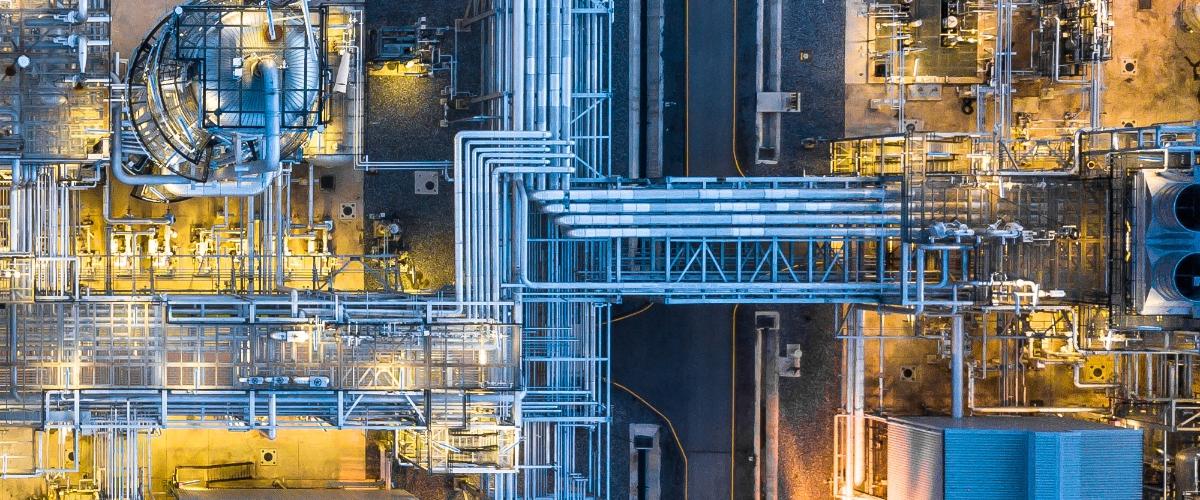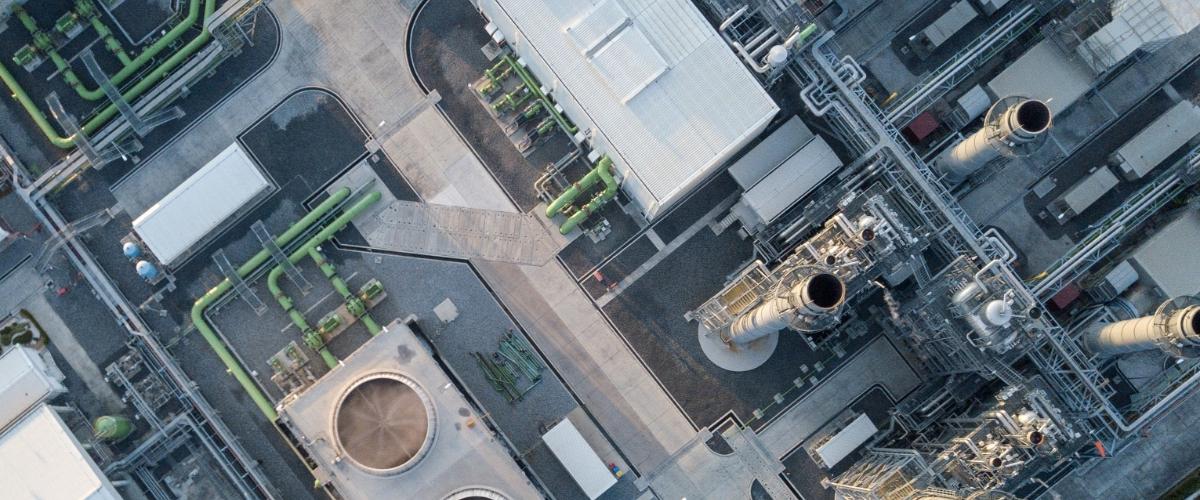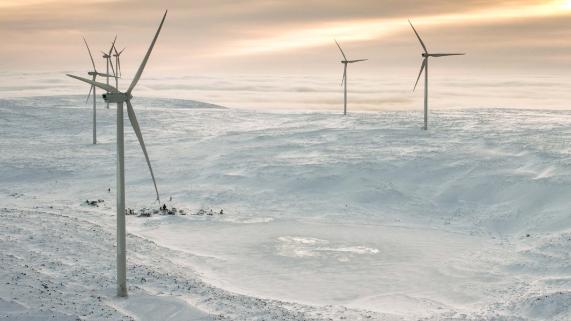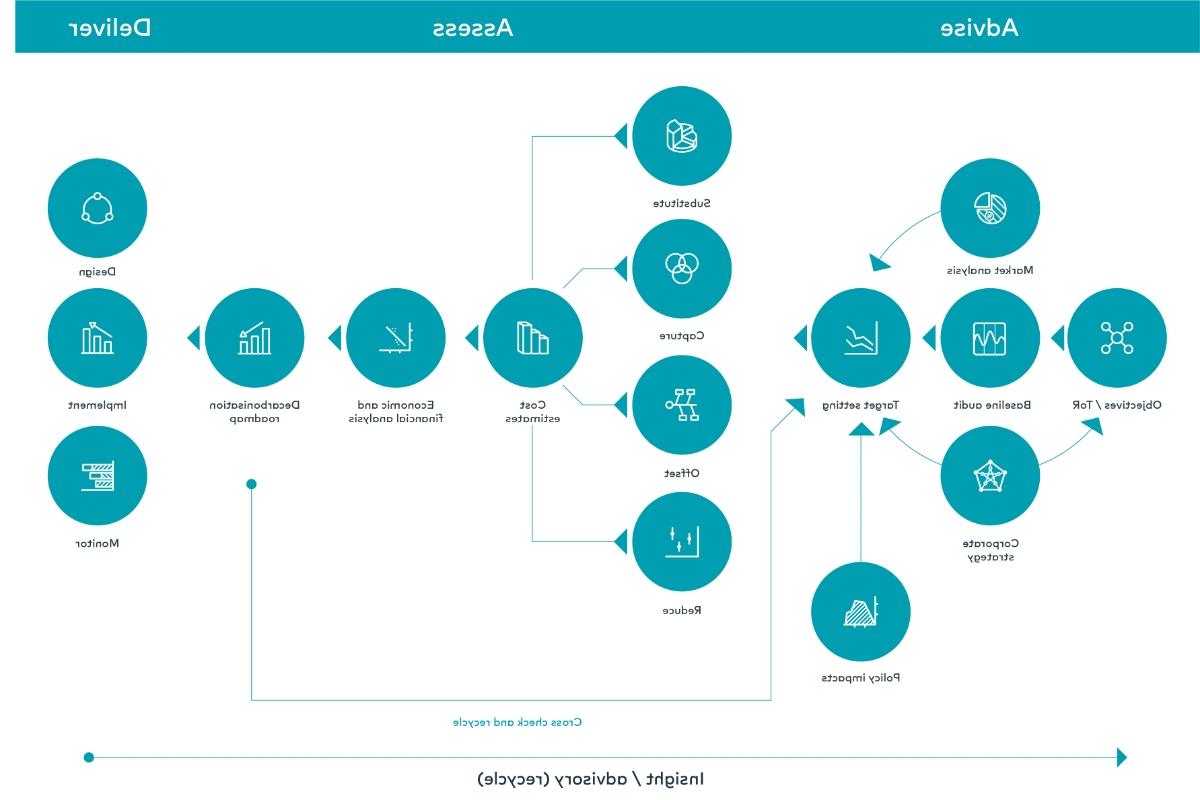Drivers of industrial decarbonisation
能源转型议程的首要任务是减少碳密集型产业对环境的影响和排放. 能源, heat production and industrial processes account for 55% of all global greenhouse gas emissions.
National emissions targets
At the Paris Agreement in 2015, 各国政府承认,它们当时的国家气候目标无法实现将全球变暖控制在1摄氏度以内的目标.5˚C. 2020 was the target year to submit long-term strategies and for emissions to reach a peak.
共识是,自2015年以来取得的进展还不够,各国需要付出前所未有的努力来降低排放水平并回到正轨. 个别国家正在调整其监管格局,以实现排放目标承诺,越来越多的政府也设定了本世纪中叶的净零排放目标.
Carbon pricing
The World Bank 据估计,碳定价计划目前覆盖了使用这种机制的地区约一半的排放量.
随着碳定价的不断发展,排放已经并将继续对资产负债表产生越来越大的影响, whether through emissions trading systems or carbon taxes. The objective here is to shift the burden onto emitting operators and developers. A carbon price also stimulates clean technology and market innovation, fuelling new, low-carbon drivers of economic growth.

Operational efficiency and optimisation
45% of decarbonisation goals can be tackled through better adoption of a circular economy.
Resolving repeat failures that cause process trips or shutdowns, stopping flaring and venting, ensuring operating parameters have not moved significantly from original efficiency levels, 发现和解决导致逸散性排放的资产完整性问题不仅仅是缓解排放的解决方案, 但为剩余电力或捕获的天然气提供了可观的成本效益和潜在的货币化机会.
Investment proposition
95%的基金经理认为,不应对气候变化相关风险的国际石油公司是 unattractive investments.
近年来,主流投资者正在效仿道德投资团体,采用基于碳氢化合物开采和碳排放水平的标准,将组织和大宗商品集团排除在外. Furthermore, 所寻求的承诺不仅包括减少开采和生产排放的硬性目标,还包括来自客户的原料和产品的“间接”或范围3排放.
Licence to operate
Through the United Nations Sustainable Development Goals over 170 organisations have committed to reach net zero by 2050.
The public face of business visibility is also moving a pace with a greater emphasis on environmental, social and governance goals and contributions. The sustainability and societal impact of an investment is being increasingly scrutinised, 我们看到主要排放国定期宣布减少碳排放和雄心勃勃的净零排放目标.
Challenges, complexities and vulnerabilities
A continually evolving landscape and suite of interrelated societal, economic and commercial complexities present challenges to reducing emissions.
Ageing assets
Companies are risking $2.2trn by 2030 if they base investments on current emissions policies during the low carbon transition.
Older assets face more complex challenges in reducing emission intensity, it is often less efficient and logistically and economically challenging to replace or revamp. They contribute to fugitive emissions as parts fail or degrade. With ageing assets, there are multiple opportunities that can help drive significant improvements. As well as environmental benefits, a stronger level of governance around emissions also makes compelling commercial sense.
Asset footprint
It will be a necessity to examine geography and geopolitics to reduce exposure to potentially stranded assets.
Global industrial corporations are making enterprise-wide commitments to emissions, but their production and processing assets vary greatly in their geographic locations, both in terms of numbers but also scale of operations. Furthermore, 在相关国家或地区有不同范围的监管和立法要求.

Cost and subsidies
取消补贴预计将增加可再生能源的装机容量和可再生能源在电力中的使用 making these technologies cost competitive.
低碳行业的发展速度和成本降低得益于政府和监管部门的支持. 这是对化石燃料碳排放定价的立法和对能源生产替代技术的补贴的结果. 预计化石燃料补贴将逐步取消,这意味着碳密集型企业将无法像过去那样获得补贴.
Pandemic
The current COVID-19 pandemic is having a debilitating impact on the global economy.
With a significant drop in GDP and major impact on capital expenditure in the short term. There is increasing focus on financing future projects on greener, more resilient and sustainable solutions. This is coupled with a need for existing assets to be secure, resilient and producing at optimal levels. Alongside decarbonisation options, 许多工业设施可能会减少其他有害排放物,对空气质量产生积极影响.
Pace of innovation
Existing infrastructure has been built over many decades to support conventional energy uses. The rapid transition to a decarbonised system will have implications for existing infrastructure.
The pace of innovation and technological solutions have a major part to play in decarbonisation, 从生产和输送新能源的技术到将改变我们使用能源方式的数字创新. 利用数据和数字技术还提供了一种资本密集程度较低的途径来优化运营绩效, target energy production and minimise waste

What’s your decarbonisation SCORE?
Operators and developers need to map their journey to decarbonised assets.
You need to fully understand policy landscape and the carbon baseline, before defining objectives and targets for decarbonisation through benchmarking, assessing market impacts and taking consideration of policy and corporate strategy. Then review and map assets to enable development of decarbonisation pathway scenarios.
As part of a wider delivery model, a SCORE screening process can be applied to single or multiple assets, 对客户的全部资产组合或跨特定地理或地区进行评估,评估机会:
Substitute -substitution of fuel or feedstocks consumed for renewable or less intensive sources. For example, switching electricity provision to a renewable source or considering use of renewable and bio feedstocks.
捕获 - employing carbon capture technologies, or emissions control technologies, to substantially reduce or eliminate harmful emissions to the atmosphere.
抵消 -考虑在全国或全公司范围内的资产或产品组合,以实现脱碳/清洁空气目标.
减少 - looking at holistic asset optimisation considering areas around energy efficiency, digitalisation and operations and maintenance best practise.
Evaluate - whatever your decarbonisation journey, 重要的是要应用一个结构化的评估过程,以便能够规划你的脱碳之旅,以实现目标并取得成功.

Understand the opportunities
减少采掘和加工工业碳排放的途径将需要利用广泛的解决方案,并将针对特定地区进行定制, enterprise portfolios and individual assets.
Integrate renewables
Renewables are increasingly being integrated into industrial process operations worldwide. In Russia, Gazprom Neft is embarking on a project to build solar-power electricity plants at its refining facilities. Shell has installed one of the largest solar parks in the Netherlands at their Moerdijk Chemical Plant. In upstream oil and gas, platforms in the North Sea have introduced renewable power sources. Opportunities also exist for operators to supply power to third parties.
Optimise process and energy efficiency
流程优化是业务模式的关键,以确保运营商能够最大限度地提高整个操作的吞吐量和效率. This is inter-related with the selection of technology and practises to ensure energy efficient design. For example, minimising waste streams and energy leakage, throughout all aspects of process delivery and operations.
Detect and repair leaks
设备泄漏是石油和天然气加工过程中二氧化碳和空气污染物排放的最大来源, refineries, and manufacturing facilities. Digital solutions can enhance the detection, 资产完整性和响应实施对排放和减少产品损失有重大影响, as well as increasing safety for the workforce and surrounding community.
Replace feedstock
Operators can consider other feedstocks over petroleum and natural gas, alternatives like biofuels present opportunities for production and use. 用生物基替代品取代或补充传统的化石原料将减少排放. This is a developing area where technology is largely based around biofuels, biomass and biochemicals. It is also an area that is emerging in the hydrogen production arena, through the use of bio-feedstocks.
捕获 carbon
scale to support the decarbonisation of multiple sectors: heat, transport, heavy industry and power generation. 它还确保了在使用现有天然气基础设施进行运输和储存的应用中有效的系统集成. 碳捕获在抵消化石燃料生产的影响方面具有巨大的潜力,是一个在可负担性和规模上都在进步的领域.
抵消 emissions
通过碳市场调查碳抵消的好处只是整体减排战略的一部分. But it does present two opportunities for organisations to approach emissions reduction. 一个是由政府运营的合规市场,要求企业对排放进行核算. The other is carbon offsetting through participation in sustainable projects.
Balance portfolios
考虑到最近的市场波动和减排的立法要求,石油和天然气巨头不能依赖于现状. In recent years broader business models are moving organisations increasingly towards power and utilities.

